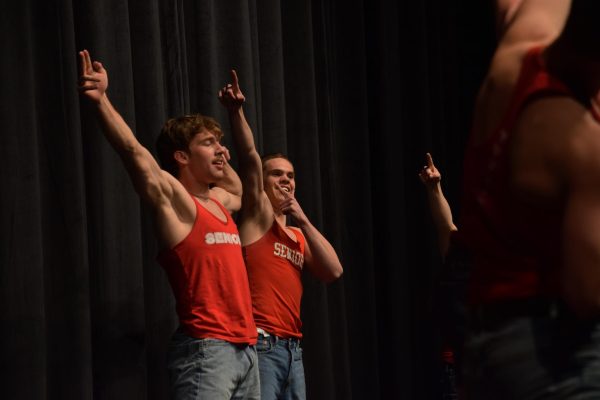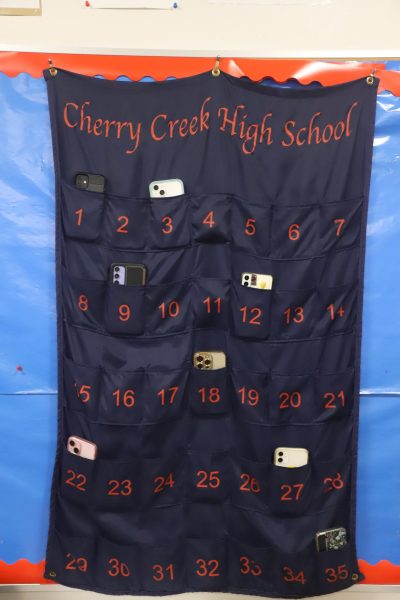Weekend with gurneys
photo courtesy of Kevin Keyser
Students from the medical careers class prepares themselves to see the cadaver which they will soon dissect.
October 30, 2017
Weekend with Gurneys
Every year math and science teacher Chris Stirrup takes his Medical Careers students to step out from the mundane and trade in their pencils for scalpels during a cadaver lab at the University of Colorado’s Anschutz medical campus.
“It gives the students a first hand experience to explore the body,” Stirrup said,
Students left school midday on Aug. 25, to ride the light rail up to the campus. When they arrived, they made sure to eat a heavy lunch after learning formaldehyde stimulates the appetite.
“I was never really squeamish but the smell of formaldehyde didn’t do me well,” Junior Madalyn Nevner said.
Before suiting up, Senior Hannah Cussen, who had already been exposed to live surgeries, was prepared to be disgusted, “I was a little nervous,” she said. “I thought it would be kinda gross.”
With lab coats on, students entered the lab. Through the door was a concrete hallway, and the only source of light was the florescent bulbs hanging above. The smell of death and formaldehyde overwhelmed their senses. Upon entering the room, a sense of comfort and joy flowed over them. The wide windows allowed natural light in, and the friendly faces of the teachers welcomed them to the first steps of their potential careers.
As they looked down into the body of a 300 pound man, the students felt nothing but nerves and excitement.
“a dead body is not as scary as you’d think.” Senior Thomas Weyermann said relieved,
“It was underwhelming.” Cussen replied,
As the lab progressed, each student became more and more comfortable inside the human body. They were holding livers, hearts, and even the complete central nervous system. Excitement sparked in their eyes as they held a human brain, identifying each regions and their function.
Junior Rithika Ginjupalli was speechless knowing that she was holding someone’s entire life in her hands. Looking into the body itself, students were shocked at the appearance of the mesentery, a membrane holding the small intestines.
“Learning about everything in the human body in text books, you don’t actually know what it will look like in the body and seeing them first hand was cool,” Ginjupalli said.
Finding and identifying each organ was different than what they expected.
“The pancreas was a lot different from what you’d think,” Cussen said. “The texture of the pancreas was kinda foamy.”
The passion for medicine flowed through each student, reaffirming their choice of giving up their sleep to go to the medical careers class at 6 a.m. class.
After some time, some students felt more assured of their medical futures.
“I’m not positive exactly what my career will be,” Weyermann said. “I feel a little more compelled to pursue the medical field.”
From holding a cross section of a heart, to being hands deep in the small intestines, students like weyermann were sure to remember it.
“This is certainly a once in a life-time opportunity.”

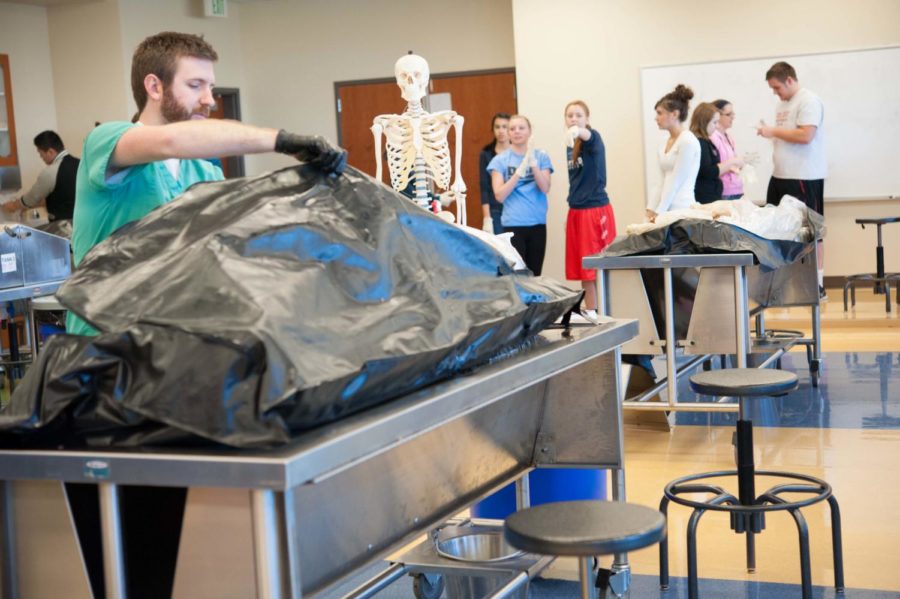

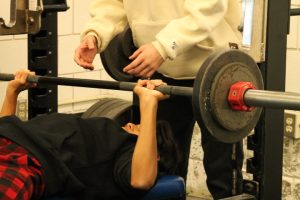
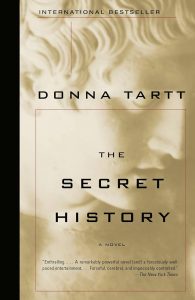
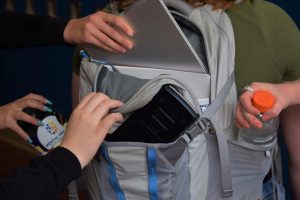
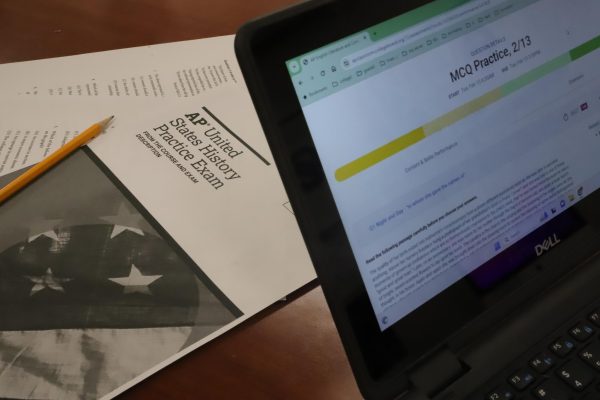
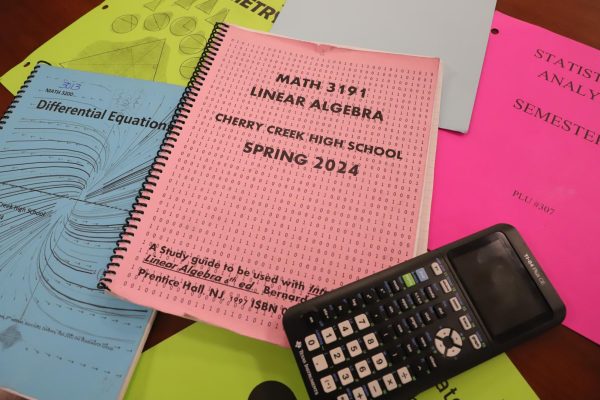
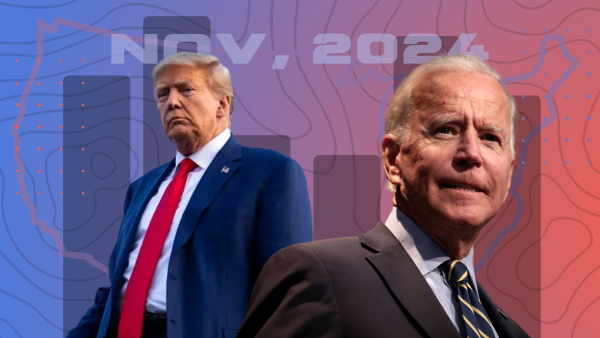
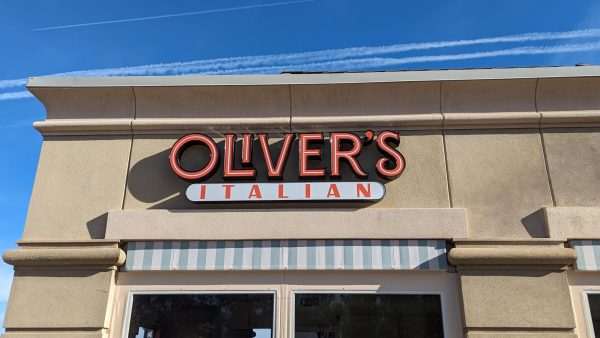
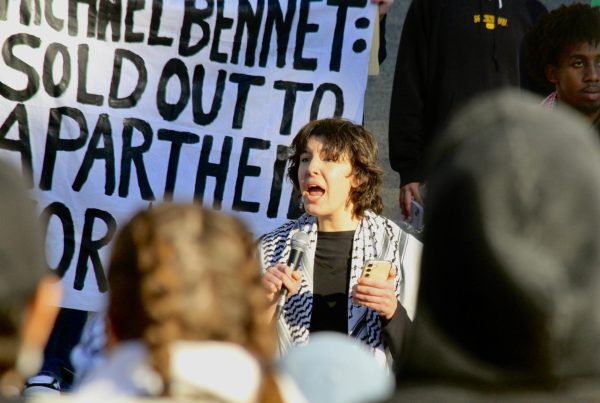
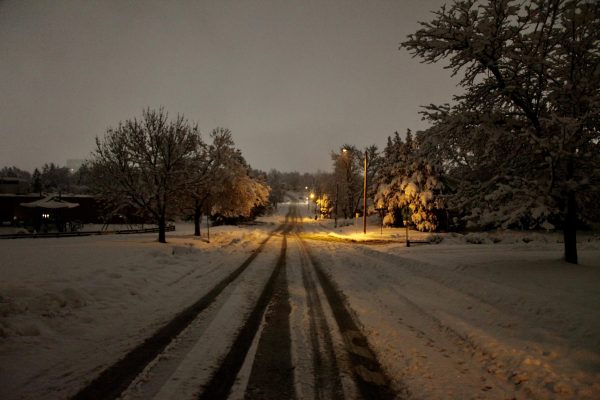
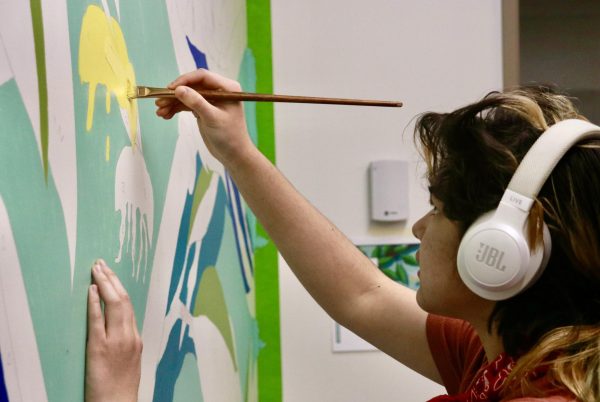
![Students at the Tri-M Music Honor Society interest meeting after school on Jan. 31 watch a presentation by club president juniors Adaire Bruff (left) and Dhruv Sodani. “I hope [members] can get a connection with kids and musicians and other departments…and get this for their resume,” Sodani said.](https://unionstreetjournal.com/wp-content/uploads/2024/02/IMG_8462-600x400.jpg)
